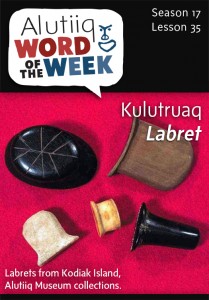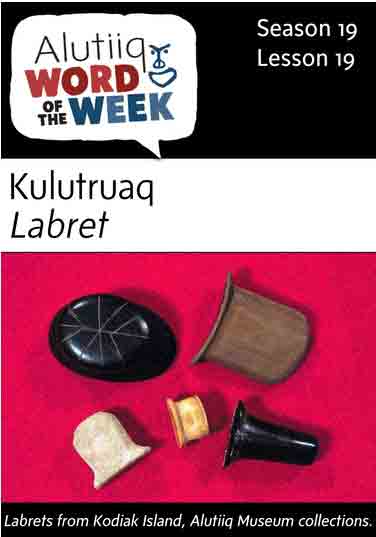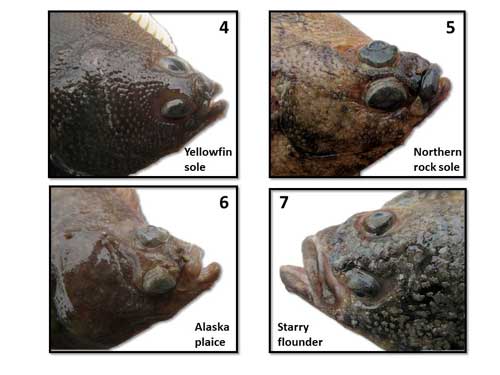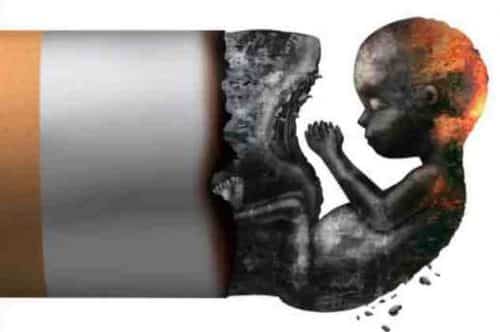Kulutruaq gua’i. – The labret is right here.
Throughout Alaska, many Native people wore labrets: decorative plugs of bone and stone inserted through holes pierced in their cheeks and below their lips. Alutiiq men and women wore labrets singly or in pairs. At birth, babies were fitted with a tiny starter labret, often made of ivory. Over the course of an individual’s life, they enlarged their labret hole to hold a series of bigger plugs. A larger labret might be inserted to recognize a marriage, the birth of a baby, or another important life event. Some labrets were decorated with inlays of animal teeth, incised with geometric designs, painted with ochre, or embellished with strings of beads.
Craftsmen carved labrets in many different shapes. Some look like top hats, others like a whale’s flukes or a large spool. Anthropologists believe that labrets acted as symbols of personal identity, illustrating the status and family of the wearer. High-status individuals wore large, highly decorated labrets, and each family may have had its own style. Labrets first appeared in the Kodiak Archipelago about 2,500 years ago, at the same time that other forms of jewelry developed. Labrets disappeared rapidly in the historic era because of western intolerance and changing social circumstances. Explorers, merchants, and missionaries were unanimously horrified by a practice they believed caused facial disfigurement.







